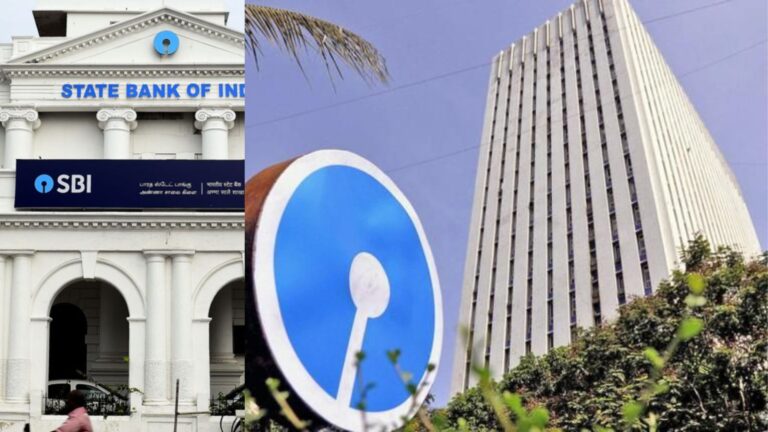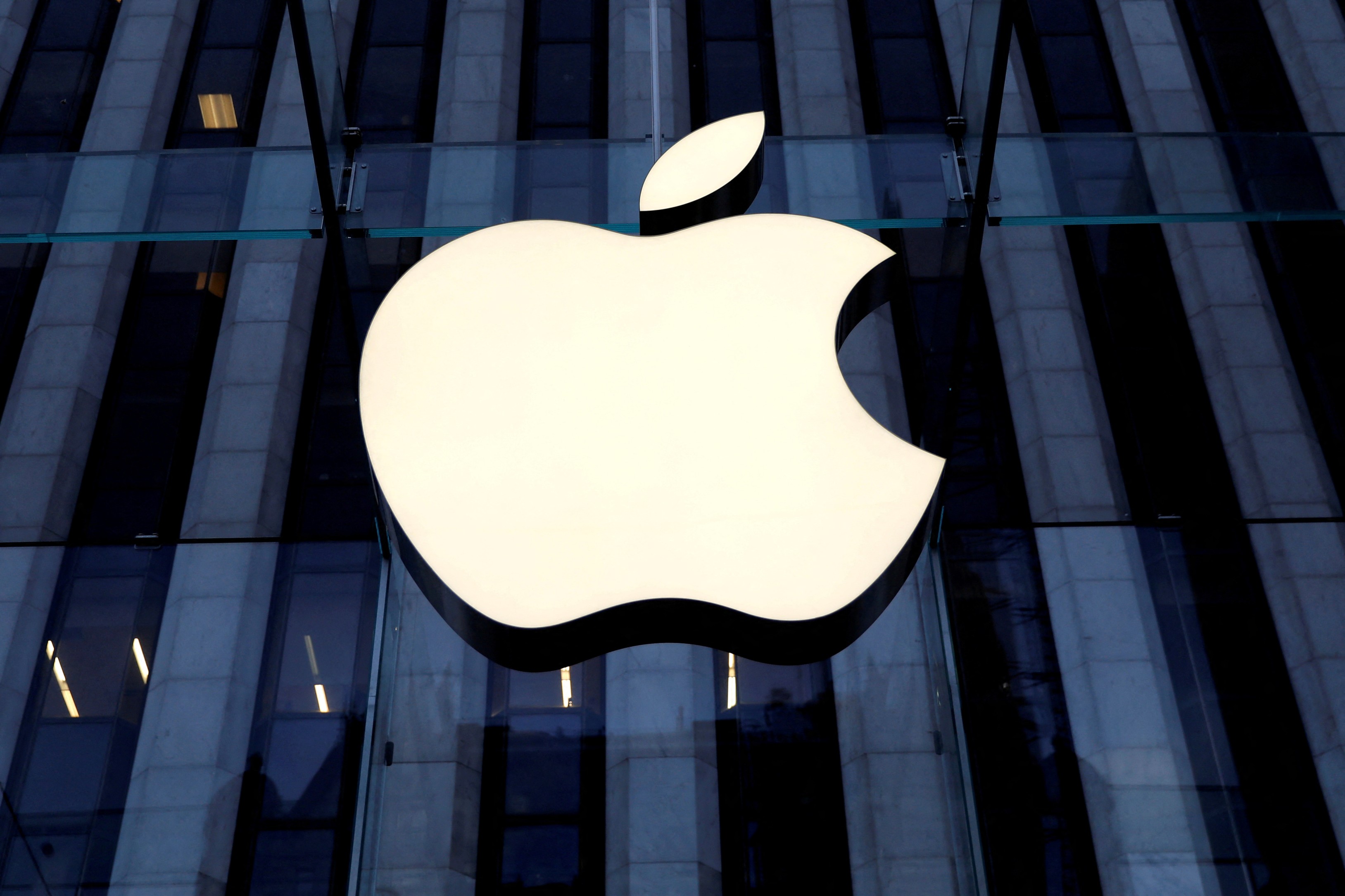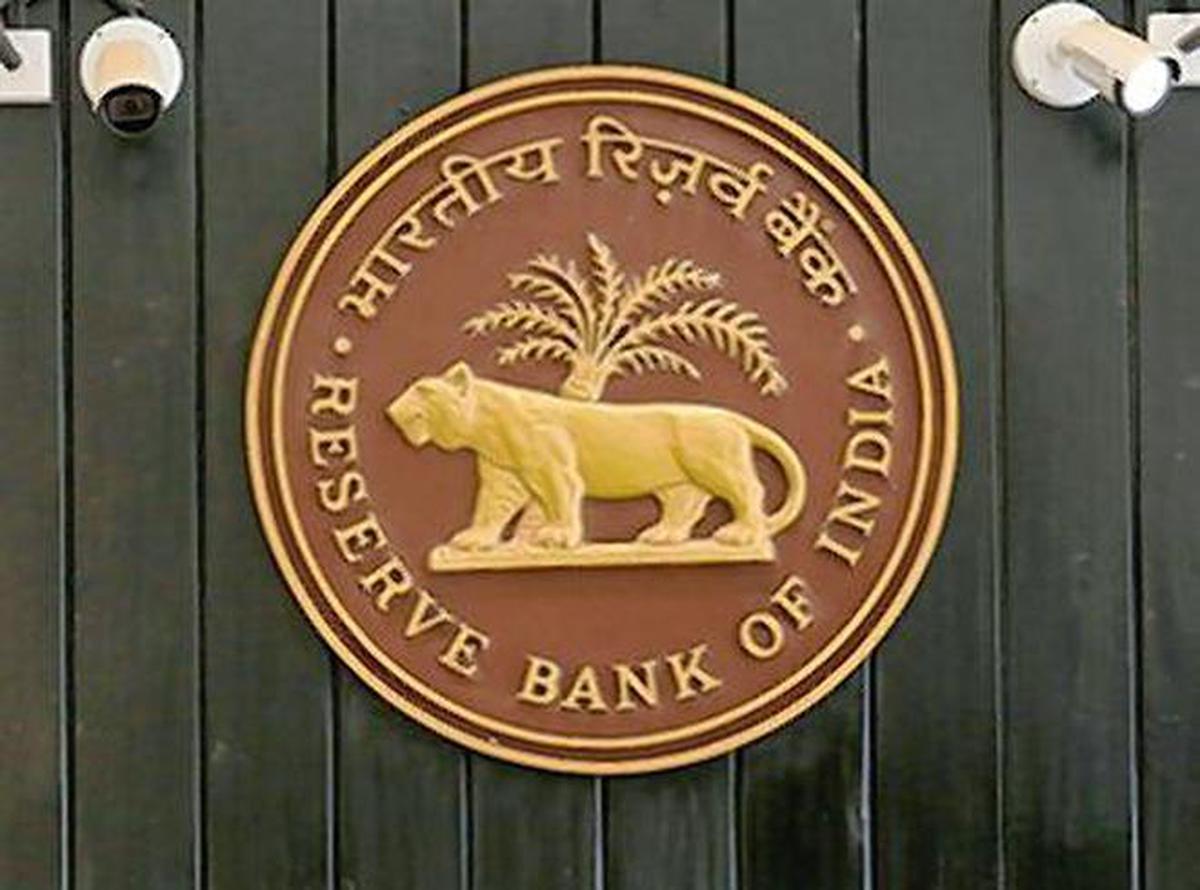In the age of the digital era, security has become a paramount concern for individuals and organizations alike. With the ever-evolving landscape of cyber threats, it is clear that no system can provide an absolute guarantee of 100% security. Despite the implementation of multiple layers of security measures, vulnerabilities can still exist. The reality is that hackers and malicious actors are constantly finding new ways to exploit weaknesses in systems.
As technology evolves, so do cybercriminals' strategies. This constant cat-and-mouse game means that even the most robust security measures can be bypassed or compromised. While it is crucial to implement strong security protocols and stay updated with the latest security practices, it is equally important to acknowledge the limitations of these measures. No matter how In today's digital age, it has become increasingly important for individuals to take measures to safeguard their devices.
With the vast amount of personal information stored on smartphones, tablets, and computers, protecting these devices from potential threats is crucial. From malicious software and hackers to physical damage and theft, there are numerous In today's digital era, ensuring the security of our devices has become more important than ever. Whether you own an iPhone or an Android, taking proactive steps to protect your devices from potential hackers is crucial. By implementing a few simple measures, you can significantly enhance the security of your smartphones and safeguard your personal information.
Which Ones Can Be Hacked?
In today's digital era, one cannot escape the ubiquitous presence of file formats. From documents to images, there are countless types of file formats that serve various purposes. However, one format stands out as the most common and widely used: PDF. PDF, short for Portable Document Format, has become the go-to choice for sharing and distributing documents across different platforms. Developed by Adobe Systems in the early 1990s.
Did you know that many users choose to keep their valuable information exclusively in PDF format?
In today's digital age, where technology plays a crucial role in our lives, it is essential to stay vigilant and informed about potential threats to our devices. One such threat that has been making headlines is the file format that can be responsible for hacking your device. With the increasing sophistication of hackers and cybercriminals, it is no surprise that they have found ways to exploit vulnerabilities. In the latest report on cyberhacking, it is claimed that this is not us.
According to media reports, a global cyber security company has made the claim in question. In the latest findings from Palo Alto Networks, a leading global cyber security firm, PDF files have emerged as a significant culprit behind cyber hacking incidents.
In today's digital landscape, it has become increasingly important to stay vigilant against the ever-evolving threats of malware. A recent report highlights a concerning trend where malware is being surreptitiously introduced into users' devices through email attachments in the popular PDF file format. PDF files, known for their versatility and ease of use, have become a favored medium for cybercriminals to distribute malicious software. By disguising malware within harmless email attachments, these cyber attackers exploit the trust users place in PDF files, making it easier for them to infiltrate unsuspecting victims' devices.
This method of malware delivery poses a significant risk to individuals and organizations alike. Once the infected PDF file is opened, the malware can execute its malicious code, potentially compromising the security and integrity of the user's device. From there, the attacker gains unauthorized access to sensitive information, such as personal data, financial details, or even corporate secrets.
This alarming trend highlights the evolving tactics employed by cybercriminals to exploit unsuspecting individuals. In recent years, cyberattackers have found ways to embed malicious code within PDF files, making them convenient tools for spreading malware. This poses a significant risk to users who unknowingly open or download infected PDFs, as it can lead to unauthorized access, data breaches, and other detrimental consequences. The deceptive nature of these malware-laden PDFs is particularly concerning.
In today's digital age, it is becoming increasingly important to be cautious when dealing with email attachments. A recent report has shed light on a concerning trend: Six out of every 10 PDF files found in email attachments are potentially harboring malware. This alarming statistic serves as a reminder of the ever-present risks that come with our reliance on technology. As we navigate the vast landscape of the internet, it is crucial to exercise vigilance and employ robust security measures to protect ourselves from potential threats. The prevalence of malware-laden PDF files serves as a stark reminder that even seemingly harmless attachments can pose a significant risk to our digital well-being.
With cyber threats on the rise, it is essential to take proactive measures to safeguard our computers and phones. Here are some practical tips to enhance the security of your devices: Keep your software up to date. Regularly updating your operating system, antivirus software, and applications is vital.
In today's digital age, staying up-to-date with the latest technology is crucial. And when it comes to iOS, the operating system that powers our beloved iPhones and iPads, keeping it updated is of utmost importance. By regularly updating iOS, users can ensure they have access to the latest features, bug fixes, and security enhancements.
Safeguard Your Apple ID with Two-Factor authentication. Securing our online accounts has become more crucial than ever. One such account that holds a wealth of personal information is our Apple ID. To ensure the utmost protection, it is highly recommended to enable two-factor authentication (2FA) for your Apple ID.
Protect Your iPhone Data with "Find My iPhone." In today's digital age, our smartphones have become an integral part of our lives. From personal photos and videos to sensitive information, our iPhones store a wealth of data that we wouldn't want to fall into the wrong hands. That's why it's crucial to take initiative and take steps to protect our iPhone data. One effective way to safeguard your iPhone is by enabling the "Find My iPhone" feature. This powerful tool
Security matters: ensuring the safety of our personal information is of the utmost importance. One crucial aspect of maintaining security is the use of strong passcodes. It is recommended to increase the length of passcodes to at least six digits. By extending the passcode length, we enhance the complexity and strength of our passwords. This simple measure significantly reduces the risk of unauthorized access to our accounts and systems.
Cybersecurity: It is crucial to prioritize our online safety and protect ourselves from potential threats. One common menace that we encounter while browsing the internet is pop-ups. These annoying windows that suddenly appear on our screens can be not only disruptive but also potentially dangerous. They may contain malicious links or attempt to trick us into revealing sensitive information.
In today's digital age, it is crucial to prioritize the security and functionality of our electronic devices. One way to ensure this is by keeping our personal computers (PCs) and smartphones up-to-date. This simple yet essential practice can have a significant impact on our overall digital experience.
Surjit Singh Flora is a veteran journalist and freelance writer based in Brampton Canada








 OpinionExpress.In
OpinionExpress.In














Comments (0)